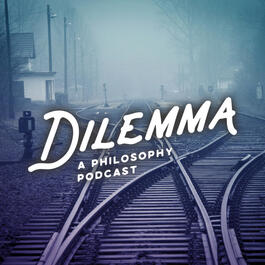
Who's Afraid of Anarchy? The Russian Revolution, Spanish Anarchy, Punks, and Today with Ruth Kinna
In Part 2, Ruth Kinna and I trace anarchism’s turbulent path through the 20th century—from early revolutionary violence to its erasure under Lenin, the Spanish Civil War, and the Red Scare in America. As anarchism was eclipsed by state communism and crushed by authoritarian forces, its ideas never disappeared. Instead, they resurfaced in free love movements, civil rights struggles, punk culture, and a quiet rekindling in academic and activist circles.But anarchism has always been more than just resistance—it’s a way of imagining and building beyond what exists. We explore how anarchist thought adapted in response to fascism, war, neoliberalism, and Cold War propaganda, and why its core principles—mutual aid, autonomy, and anti-authoritarianism—continue to re-emerge in times of crisis.whatjaythinks.com00:00:00 Intro00:00:27 Turn of the Century Anarchist Violence00:05:45 Artistry and Dreams of Anarchy and William Morris’s News From Nowhere00:12:30 The WWI Disaster for Anarchists00:15:13 The Anti-Colonial Anarchists and The Rise of Lenin00:19:54 Lenin Rebrands “Communism” and Eclipses Anarchism00:21:00 The Ideas Don’t Go Away, The Red Scare and Anarchy Is Outlawed in America00:23:09 Spain’s Temporary Anarchy Breakthrough00:31:33 WWII’s Destructive Demonstration and Anarchy’s Response through Alex Comfort00:37:42 The Leviathan, Moral Atrophy, and the Death Drive00:41:57 The Free Love and Civil Rights Anarchists Rediscover the Classics00:46:48 The Cold War Slander of Ideas00:51:16 Neoliberalism, Reagan, Thatcher, and Punk Anarchy00:57:20 The Anarchy Tradition and Identity01:01:04 Rallying Points, Headline Events, and a Rekindling of Anarchism01:06:55 The Journal of Anarchist Studies
From "Dilemma Podcast"


Comments
Add comment Feedback